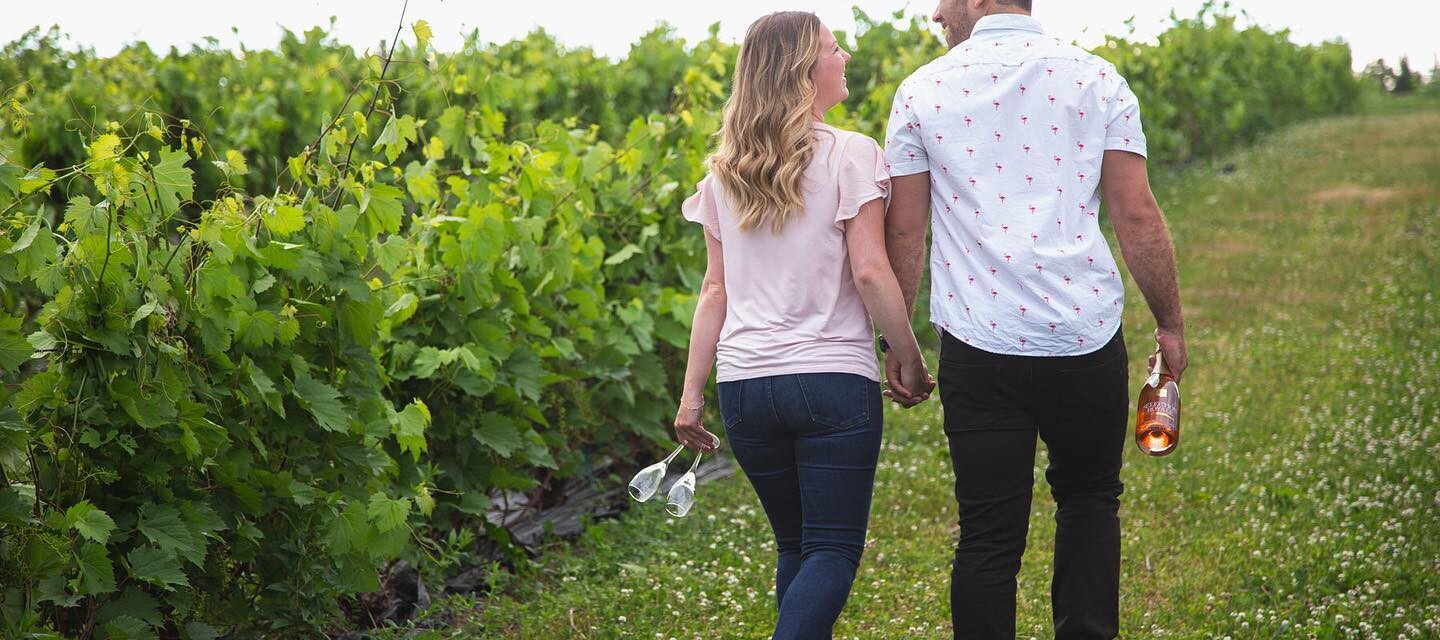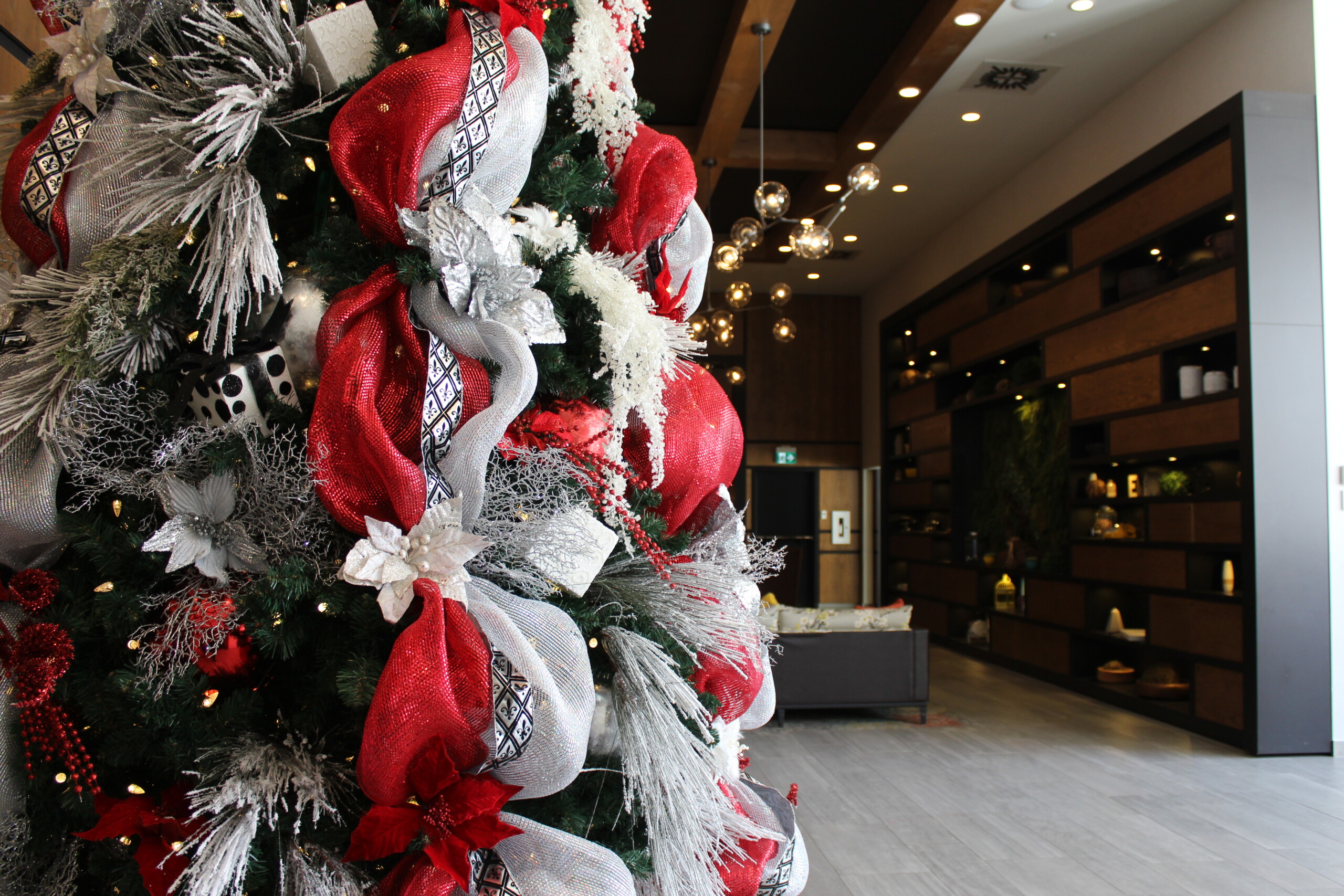Harvest Season at Le Cep d’Argent Vineyard
Located about fifteen minutes by car from Bistro 4 Saisons is Quebec’s second oldest vineyard, still run by its original owners. In fact, those who have already visited us are certainly familiar with the vineyard, as it appears on our wine list. We present Le Cep d’Argent, a Magog vineyard specializing in Quebec sparkling wines.
Jean-Paul Scieur, founder and co-owner of Le Cep d’Argent, answers all our questions about this regional institution, the harvest season, and sparkling wine consumption in Quebec. .
How is the upcoming harvest looking?
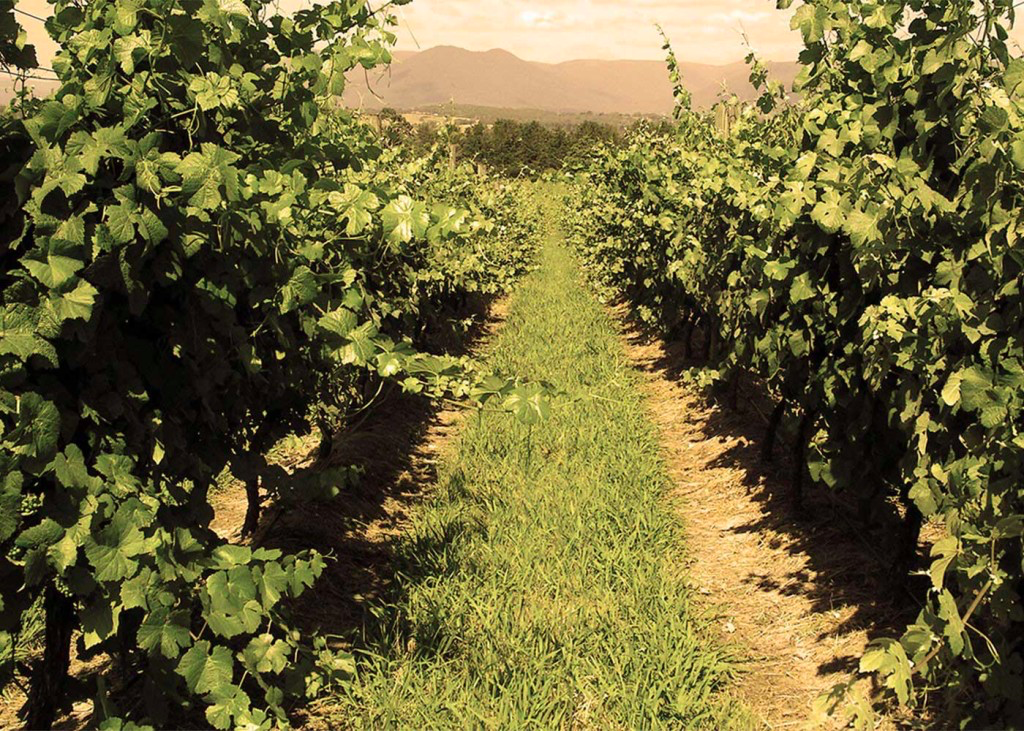
This summer was very hot. The grapes are smiling… and so is the winemaker!
When we look at the Mediterranean regions, where excellent wines are produced, the summers are hot. In 1976, there was a five-month drought without any rain, and it was one of the best harvests in Champagne! Because the vine’s roots run so deep, the grass will have given up long before the vine shows any sign of stress.
Was the 2025 season a good one for tourism?
Due to geopolitical factors, we had fewer American visitors than usual, but we had more English-speaking Canadians. That more than made up for it! And Quebecers are always there.
You have a well-developed expertise in Champagne-style sparkling wines, like your brother, and you are sixth-generation winemakers with Champagne roots. In your opinion, how does Quebec sparkling wine differ from other sparkling wines?
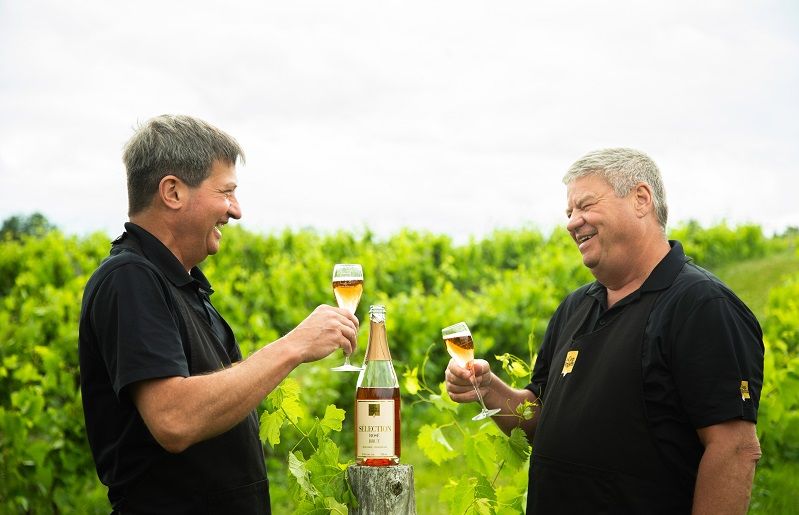
Making sparkling wine is in our DNA. Yes, we immigrated here, we changed countries, but we still wanted to make sparkling wine!
Apart from the winter temperatures, which are colder here in Magog than in Champagne, the other seasons are pretty much the same in terms of weather. So we can make good Quebec sparkling wine without any problem.
My brother and I decided to focus on seyval blanc, a grape variety that was previously grown in Champagne. What’s interesting is that it only needs 150 days of sunshine to ripen. That’s how many days of sunshine the 10,000 vines planted in 1985, when we started Cep d’Argent, needed!
It should be noted that we can’t call it champagne, but rather traditional method sparkling wine. To make good sparkling wine, you need a certain amount of acidity in the wine; this is what promotes the emulsion of the bubbles in the mouth. And in Quebec, the terroir and the weather favor this, so it’s an advantage! We really have the winning conditions on that side.
To develop the brioche-like flavor typical of champagne, the wine must be left in contact with the yeast for a minimum of 15 months after vinification. We do it for 24 months!
Do people in Quebec like sparkling wines? Do they still tend to save them for special occasions?
It’s become more mainstream! In fact, that’s the big challenge Champagne will face, unlike us in Quebec. We need to make champagne consumption less seasonal, not just reserve it for parties or celebrations.
On our end, we still sell between 20,000 and 25,000 bottles of sparkling wine per year. Our sparkling wine is less expensive than champagne, so it’s more accessible. Still, we sell less sparkling wine than white wine.
The harvest is approaching. How is it going for you?
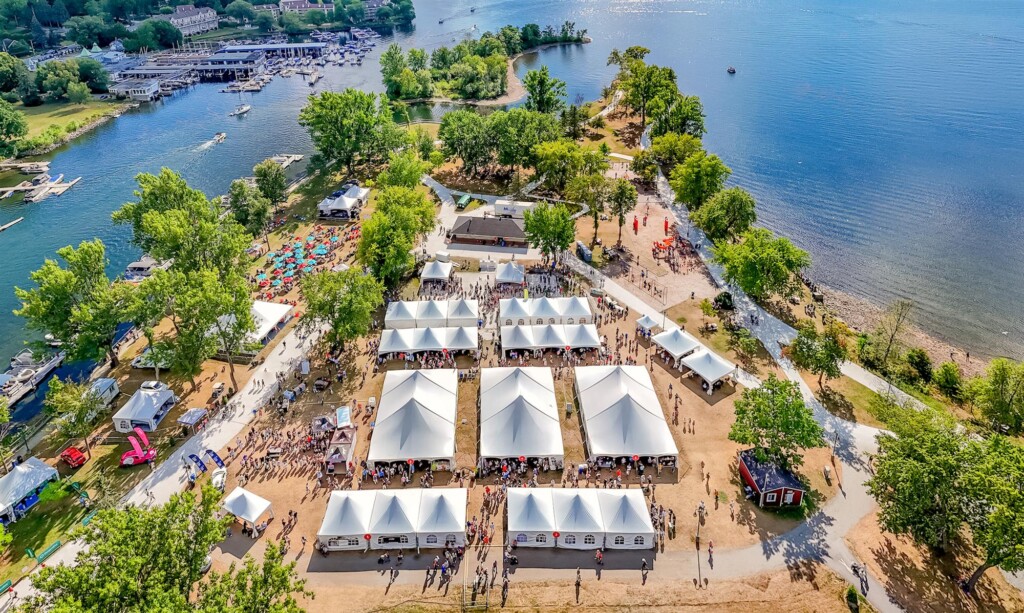
In 1991, we were the first in Quebec to open our fields for people to come and pick grapes. Not to take them home, but to pick them up for us! They came for the experience. The following year, we were victims of our own success, there were so many people!
So we asked the city of Magog to help us manage this harvest celebration, and we created the Fête des vendanges Magog-Orford : a large, 100% Quebec public market with breathtaking views of Lake Memphremagog and Mount Orford. In fact, I am still its founder, and this year will be the 32nd edition!
Is it possible to visit the vineyard?
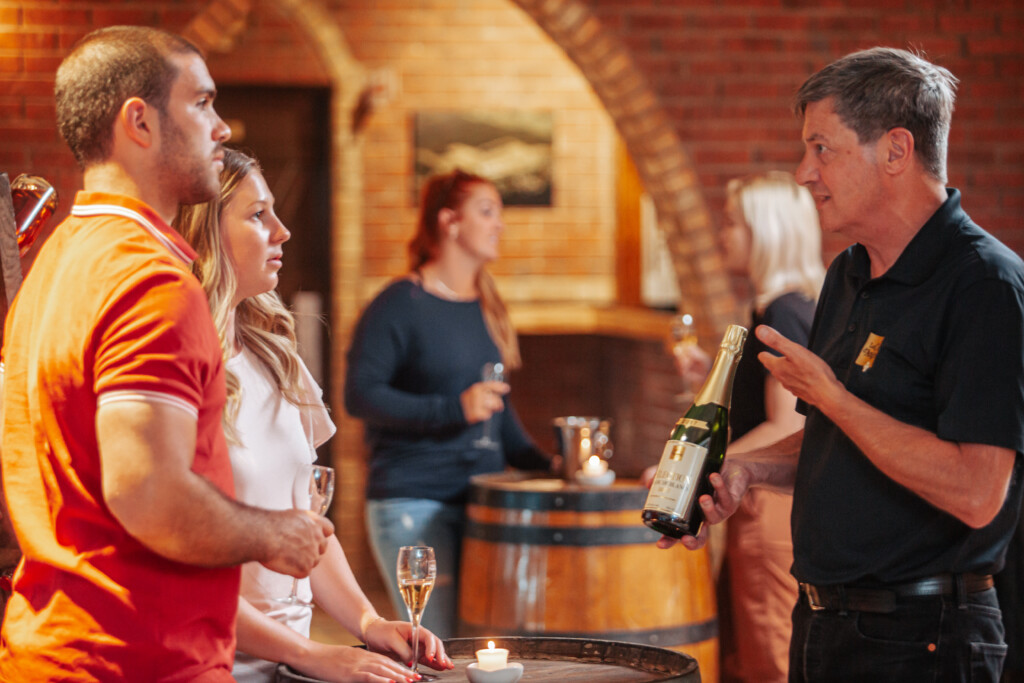
We are open seven days a week from mid-June to the end of October. We also offer individual guided tours. And we welcome tour buses all year round, sometimes up to 200 a year!
We offer several experiences, from à la carte tastings, you buy tasting coupons to discover any of our 13 products (white, red, rosé, sparkling, fortified, late harvest, and ice wines), to a cellar tour with the sommelier or even sabering in the vineyards.
What has been really popular this year is our new service, “Tasting à la carte”. We offer a discovery platter with local products and our wines: chips, cheeses from the Saint-Benoît-du-Lac abbey, pâté from the Ducs de Montrichard, Swiss chocolate…
Do you feel there is a particular enthusiasm for Quebec wines?
Our skills at Quebec wine making are increasing, and we feel that the population, especially younger people, has a more nationalistic, more local socio-economic consumer awareness.
There has definitely been a growing appreciation for Quebec wines. For their part, the vineyards have mastered our hybrid grape varieties and know how to work with them. We are making better wine than we were before. Would we like enthusiasm to be even greater? Yes, of course!
What is your relationship with local restaurants, such as Bistro 4 Saisons, for example?
I know the manager, Thierry Navette, very well, as well as Michael Otaka, the former sommelier at Bistro 4 Saisons (now at Kóz Bistro). We also offer packages with PAL+ Group hotels, which are always great!
Obviously, the more wines we have on the wine list, the better! For my part, when visitors ask me for good places to eat in the area, I refer them to these establishments. It’s a great collaboration that we can always develop further!
